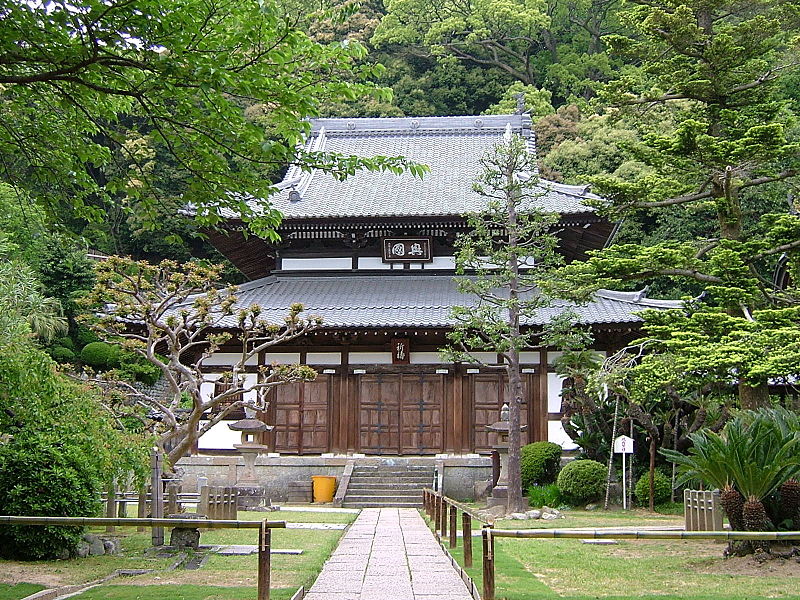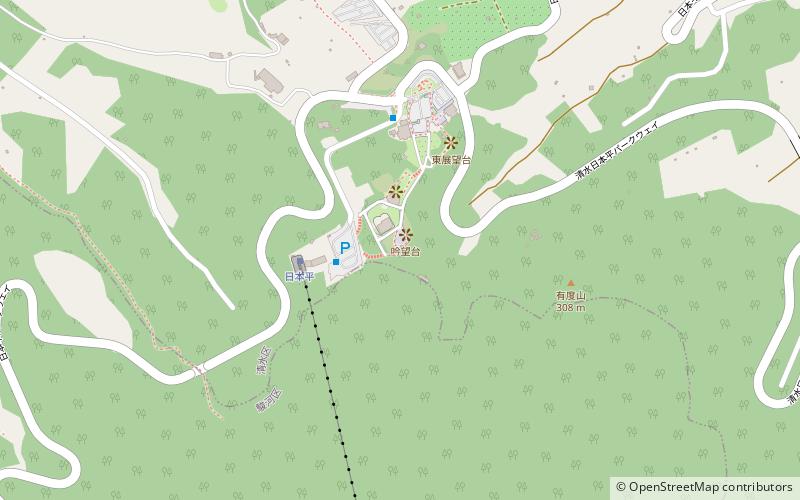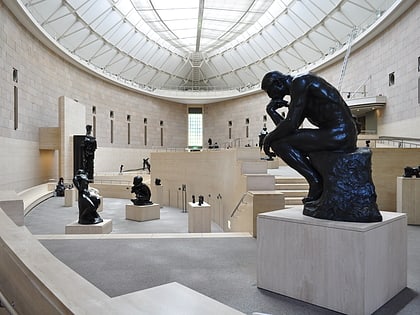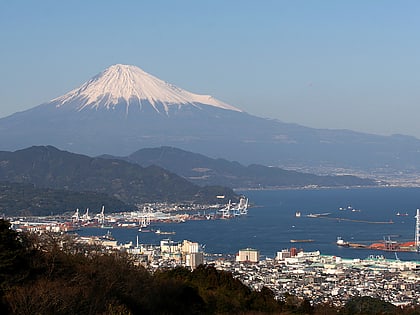Seiken-ji


Facts and practical information
Seiken-ji, nestled in the serene landscape of Shizuoka Prefecture, Japan, is a historic temple that offers a tranquil retreat from the bustle of modern life. This Buddhist temple, established in the early Kamakura period, is steeped in Japanese history and culture, making it a significant spiritual destination for both pilgrims and tourists.
Seiken-ji's origins trace back to the 13th century, and over the centuries, it has witnessed numerous historical events and hosted several prominent figures. Notably, it served as the setting for the education of the young Tokugawa Ieyasu, who would later become one of Japan's most powerful shoguns and establish the Tokugawa shogunate, which ruled Japan for over 250 years.
The temple's architecture and gardens reflect the traditional Japanese aesthetic, with meticulously maintained landscapes and structures that harmonize with the surrounding nature. The main hall and pagoda are prime examples of classic Japanese temple design, and they house a collection of culturally significant artifacts and statues that are of interest to history buffs and religious scholars alike.
Visitors to Seiken-ji can explore the temple grounds and experience the peaceful atmosphere that has been cultivated over hundreds of years. The temple also offers a glimpse into the practice of Japanese Buddhism, with opportunities to observe rituals and ceremonies that continue to play a vital role in the spiritual life of the community.
Shizuoka
Seiken-ji – popular in the area (distance from the attraction)
Nearby attractions include: IAI Stadium Nihondaira, Miho no Matsubara, Nihondaira Observatory, Shizuoka Prefectural Museum of Art.











